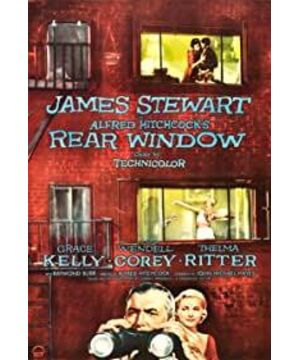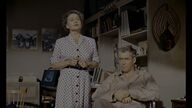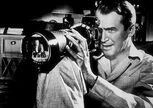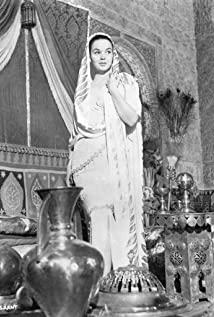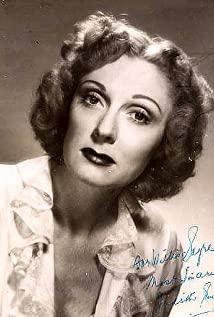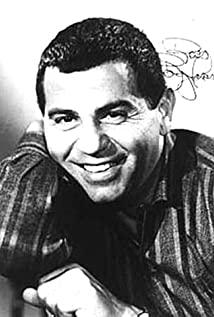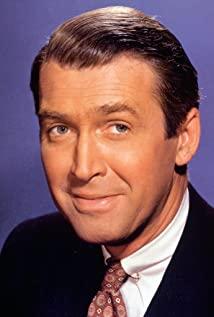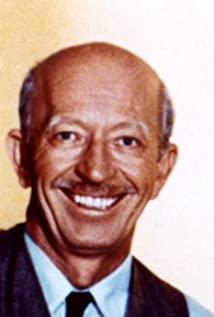In addition to the horror of the film, there are some cores that are worth digging.
At the beginning, with a few quick camera changes, without any narration, and without any dialogue, the background has been implicitly displayed-a reporter was injured by taking photos of the car. During the days of recuperating, his only pastime was to spy on his neighbors. The story unfolds from this. The main line of this movie is the surveillance of a man who is suspected of killing his wife, while the dark line has many because of the particularity of the material-the pianist opposite goes from frustration to pride, and the ballet dancer can’t help but get true love. Lou The woman commits suicide (attempt) due to relationship problems, and the male protagonist’s own emotional life. The main line and the dark line are put together, and most of them have one thing in common-related to marriage and relationship. Because of the particularity of his profession, the protagonist has a mentality of resistance to marriage. When his fiancée talks with him, he can easily speculate on the relationship status of the other person, because "I have lived in this kind of apartment." This to a large extent implies that Lou's life is more a concrete and substantive manifestation of the male protagonist and even the heroine's pessimistic prediction of the future marriage life. In the process of tracing the man who murdered the wife, the relationship between the hero and the heroine got closer. The heroine's bravery also made the hero think that it is not inappropriate to take her to various dangerous areas for reporting. Therefore, as the main line of tracing men advances, the dark line of the hero and heroine's feelings is actually advancing. In the end, the case was resolved, the hero and heroine's feelings warmed up, and the romantic life towards Lou had a dramatic and idealistic ending to everyone's delight.
For the marriage relationship between the husband and wife, Hitchcock has already conducted a certain discussion in 41 years of "The Smiths". However, unlike the "Smiths" who fell in love and killed each other, this film focuses on the "fear of marriage." This has certain practical significance even if it is put in the present moment.
In addition, what I have to talk about is Hitchcock's adjustment of the lens. The story of this film is actually relatively old-fashioned, and the only one or two reversals in the middle are far from amazing. But the reason it shines is precisely because of the lens. From the heroine secretly handing a note to the man who murdered his wife to show both sides looking for and hiding, to the scene when the man saw the hero peeping and looking at the camera (the impact of the camera looking at the screen here is even as powerful as "Memories of Murder" The look at the end of the movie). Hitchcock achieved the effect of horror through the switch of the camera, and he is also discussing a warm and realistic topic in the shell of horror. This is also his unique and brilliant point.
View more about Rear Window reviews


